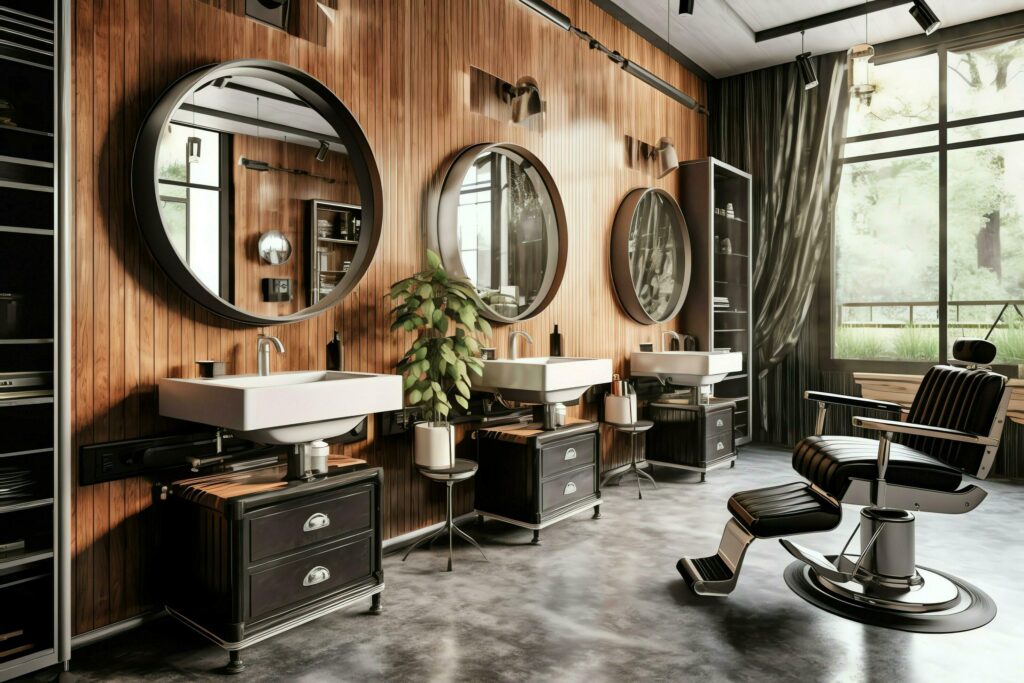In the world of salons, where comfort and style intertwine, creating a truly inclusive experience extends beyond just the services offered. Salon chairs, the unsung heroes of these spaces, play a crucial role in ensuring every client feels welcome and comfortable throughout their visit. Rethinking traditional salon chair design through the lens of inclusivity opens doors to a wider clientele and fosters a more welcoming environment. One of the primary considerations for inclusive salon chairs is size and weight capacity. Moving beyond the standard chair size, offering wider options with reinforced bases caters to clients of larger physiques. This ensures ample legroom and hip clearance, preventing feelings of being cramped or uncomfortable. Additionally, increasing the weight capacity of the chairs allows for safe and supported seating for all clients. Adjustability is another key feature for inclusive design. Chairs with electric or manual height adjustments empower clients of varying heights to find a comfortable position. This is especially important for those who use wheelchairs or have difficulty transferring from a standing to seated position.

Footrests that can be raised, lowered, or completely removed further personalize the experience, accommodating leg lengths and offering additional support for clients who may have difficulty with circulation or balance. Material selection also plays a significant role. Opting for breathable, easy-to-clean fabrics like moisture-wicking synthetics or plush velvets with stain-resistant finishes ensures comfort for clients who may perspire more easily. Additionally, incorporating padded armrests and contoured backrests provides additional comfort and pressure relief for clients who may have limited mobility or back pain. For clients who have visual impairments, incorporating contrasting colors or textures into the chair design can aid in wayfinding and identification. Similarly, strategically placed grab bars near the seating area can offer additional support and stability for those who need assistance entering or exiting the chair. Finally, creating a salon environment that embraces inclusivity extends beyond the physical features of the chairs themselves.
Having a designated staff member trained to assist clients with disabilities and Omysalon offering a variety of service options that can be performed while a client remains seated such as manicures or scalp massages demonstrates a commitment to catering to all. By fostering a welcoming atmosphere and prioritizing comfort through inclusive design, salons can ensure a truly positive experience for every client who walks through the door. For clients on the larger end of the size spectrum, standard chairs can feel constricting and uncomfortable. Inclusive design incorporates wider seats with ample legroom, along with sturdier bases that can support higher weight capacities. This ensures clients of all sizes feel secure and relaxed throughout their salon experience. Beyond physical considerations, inclusive design extends to clients with sensory sensitivities. Opting for upholstery materials that are soft and breathable caters to those with tactile sensitivities. Adjustable lighting options near the chair allow clients with visual impairments to control the level of brightness for better comfort.


